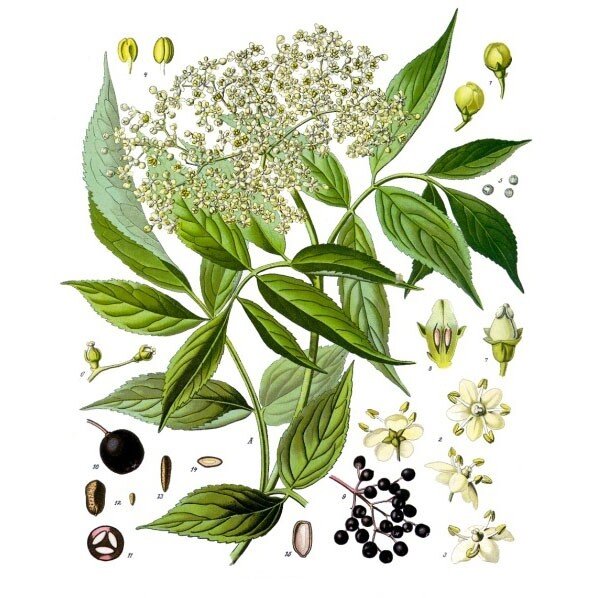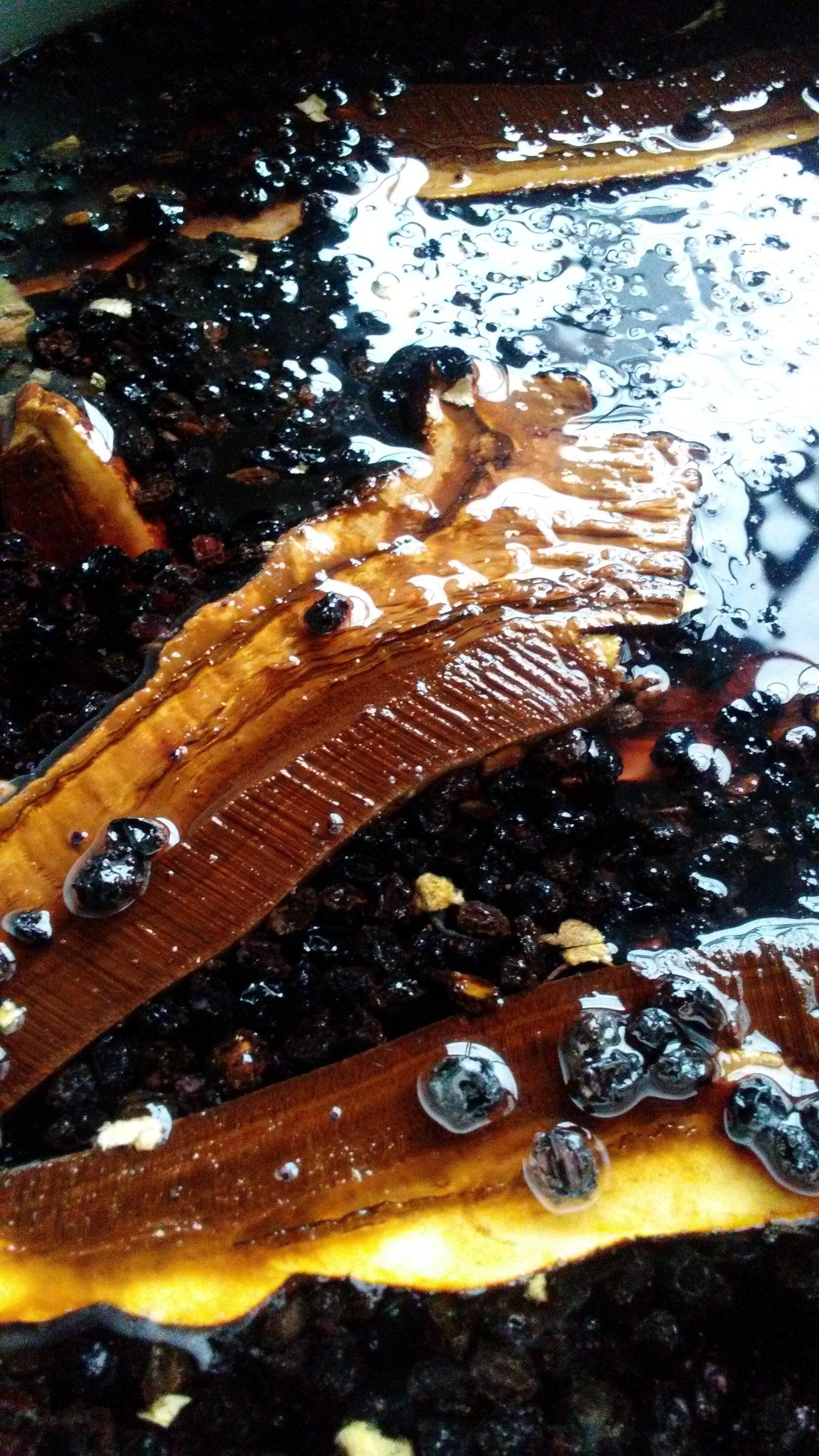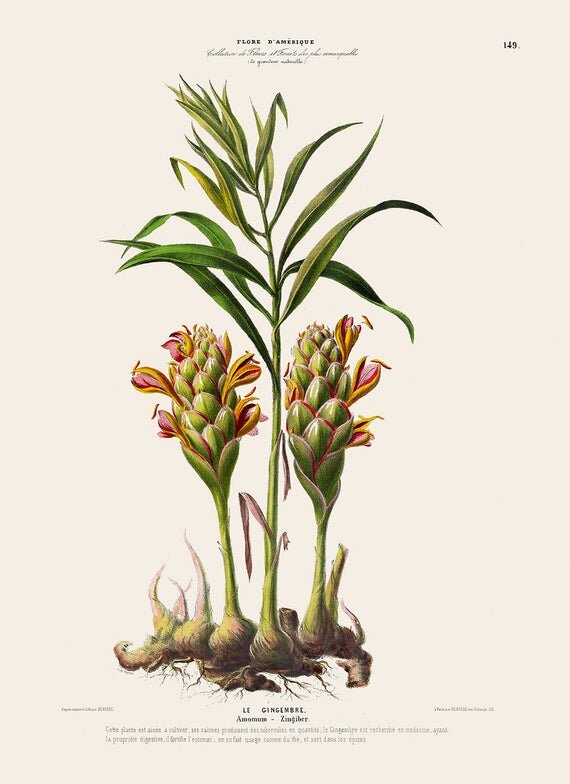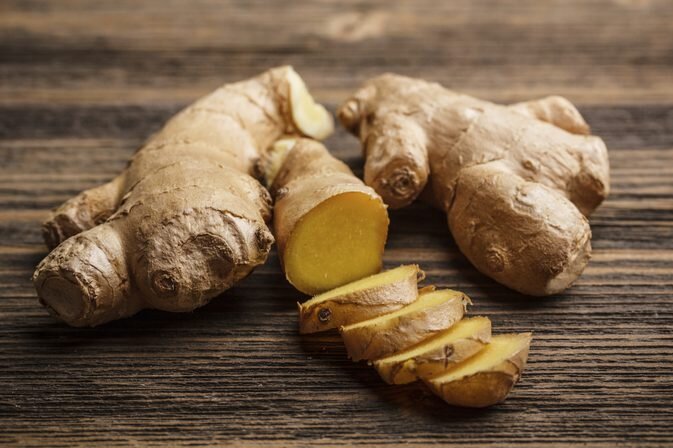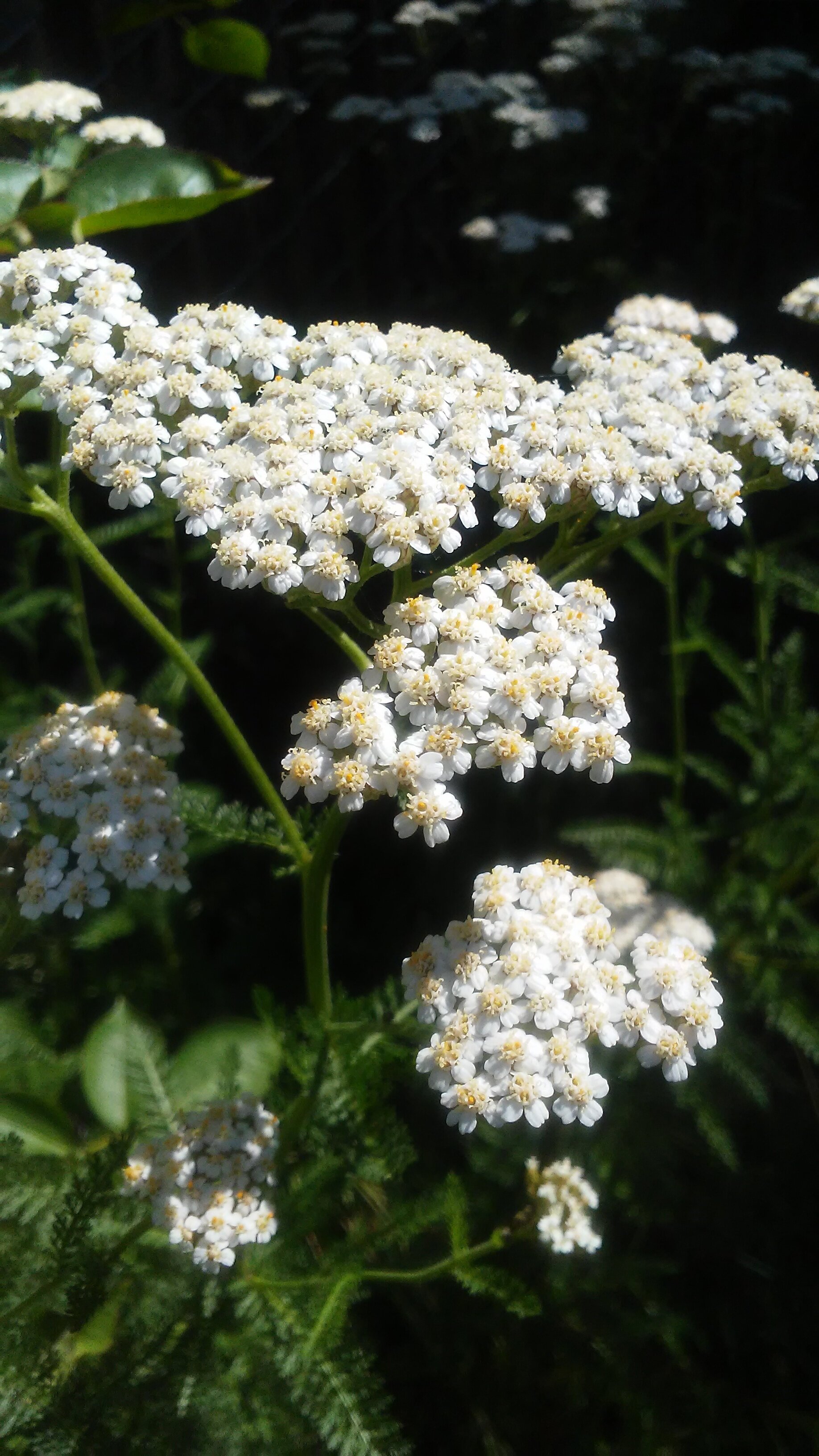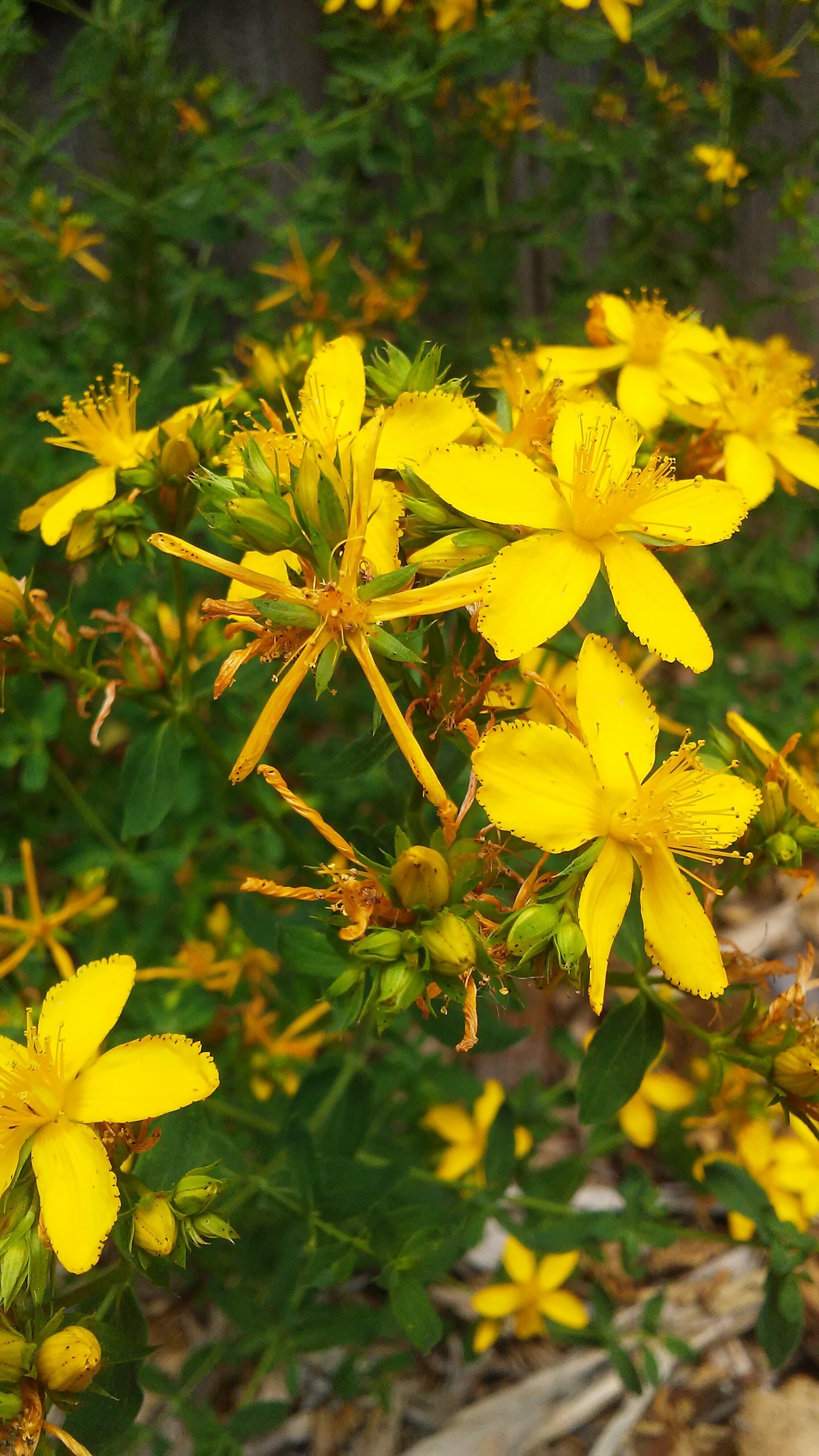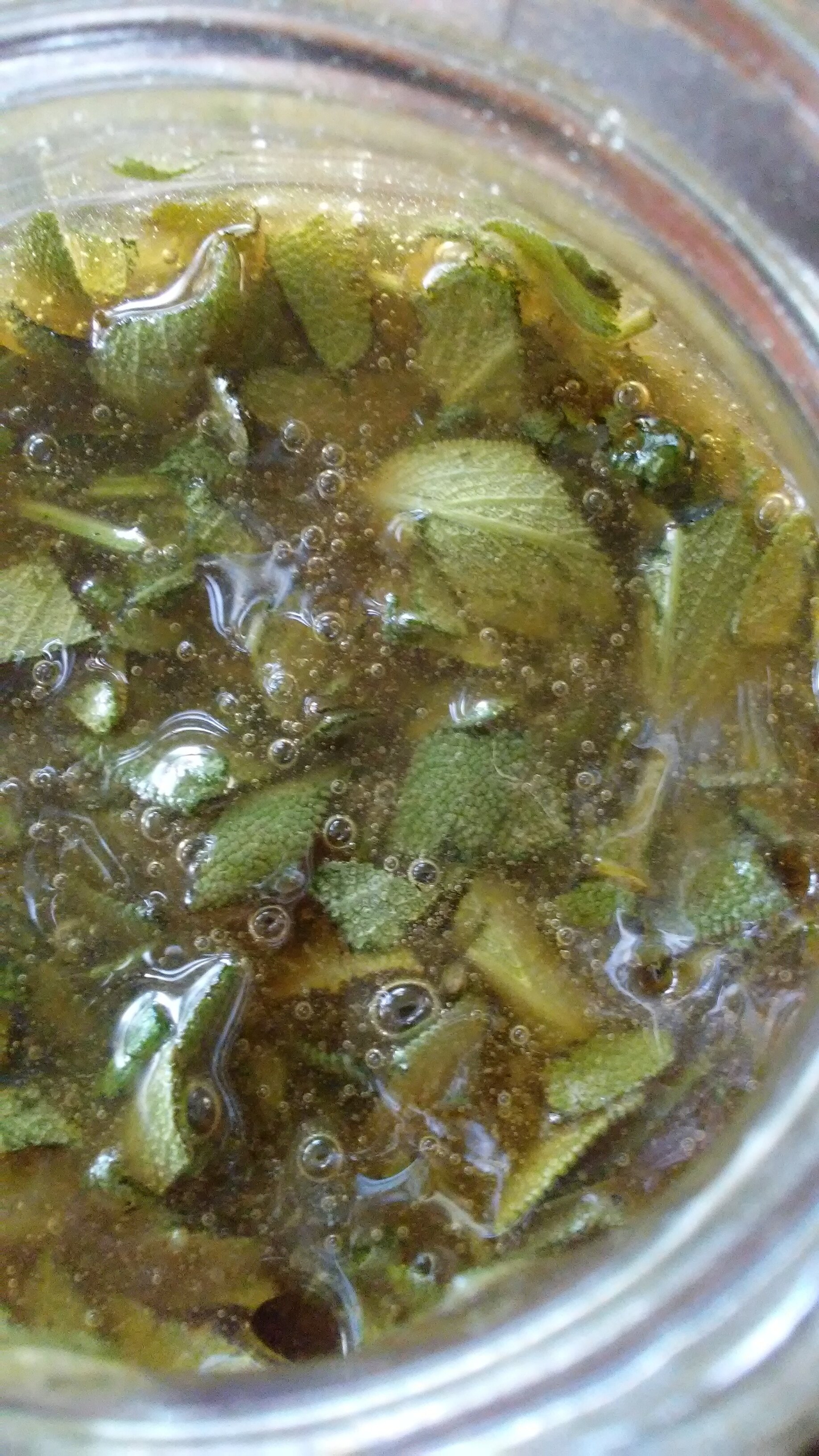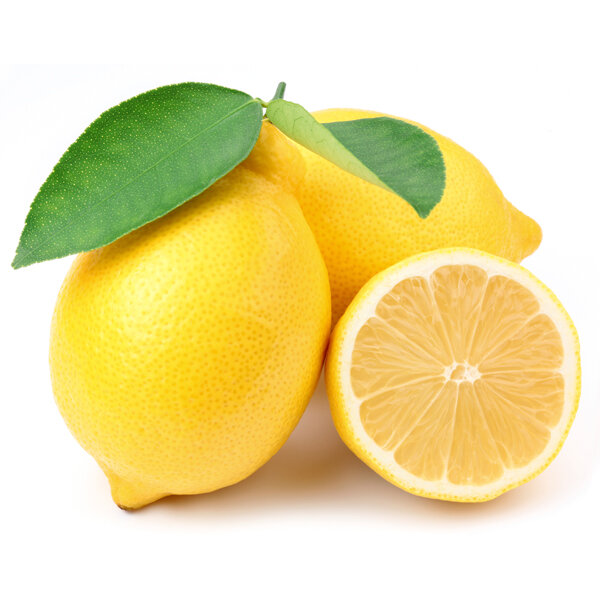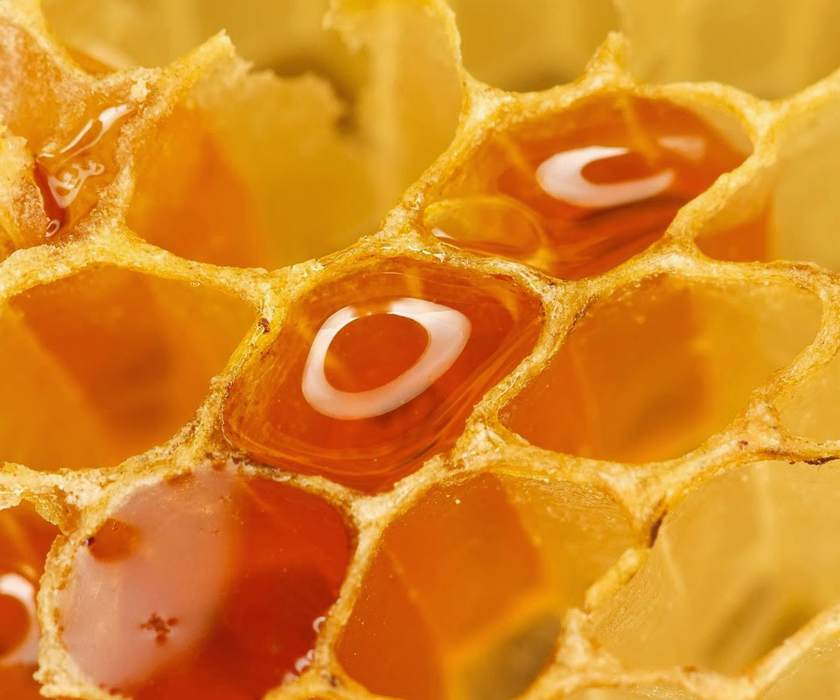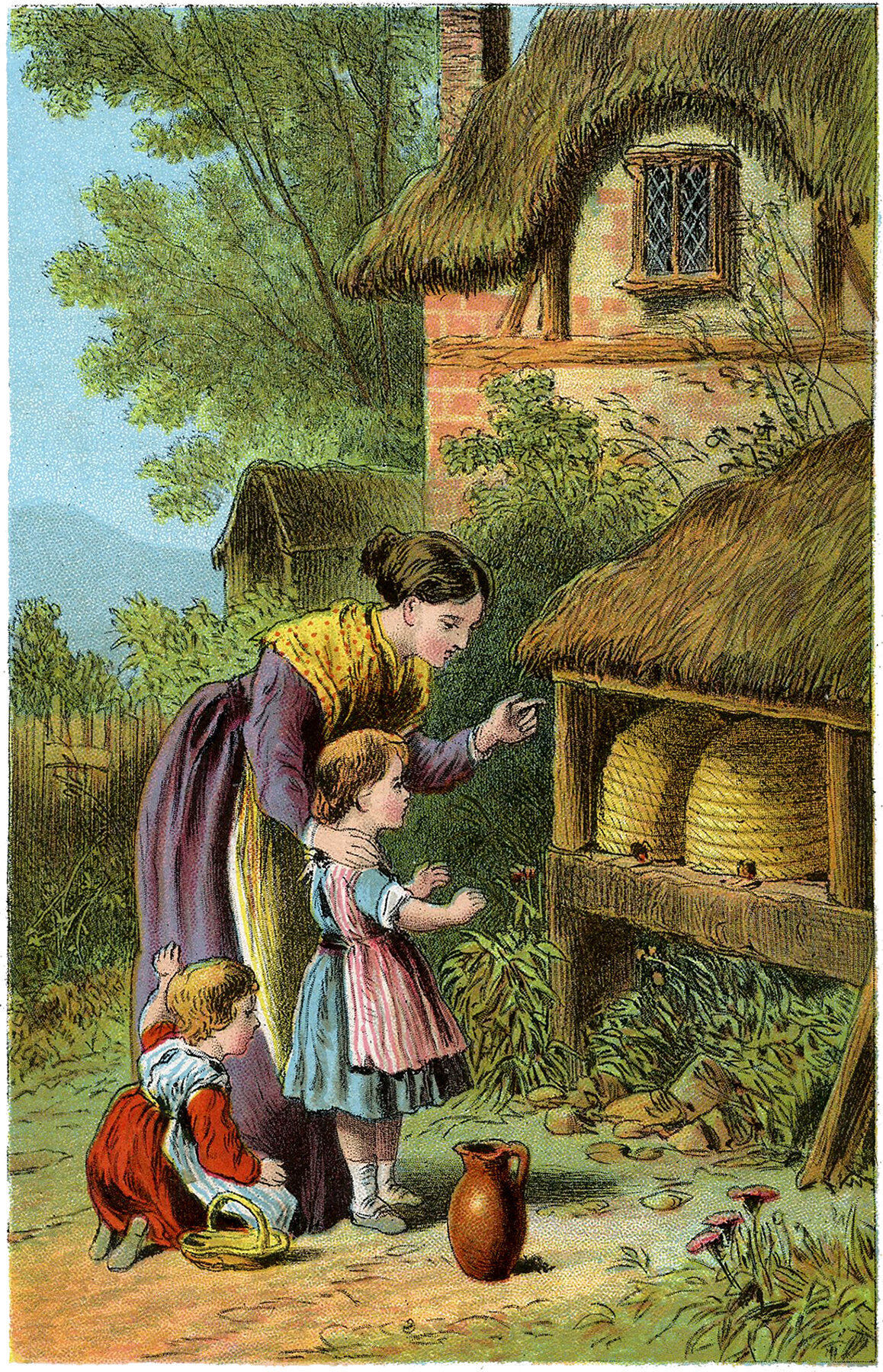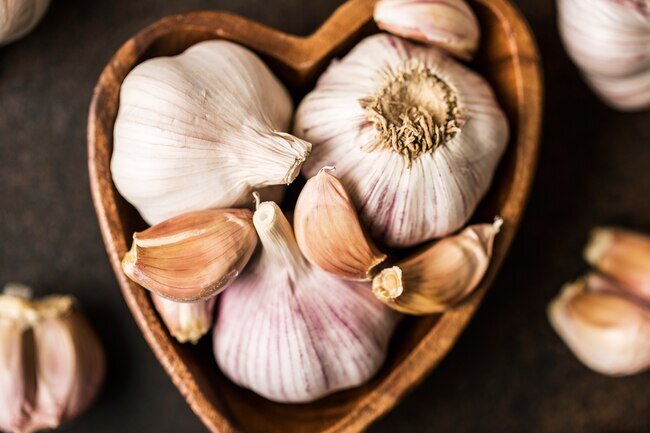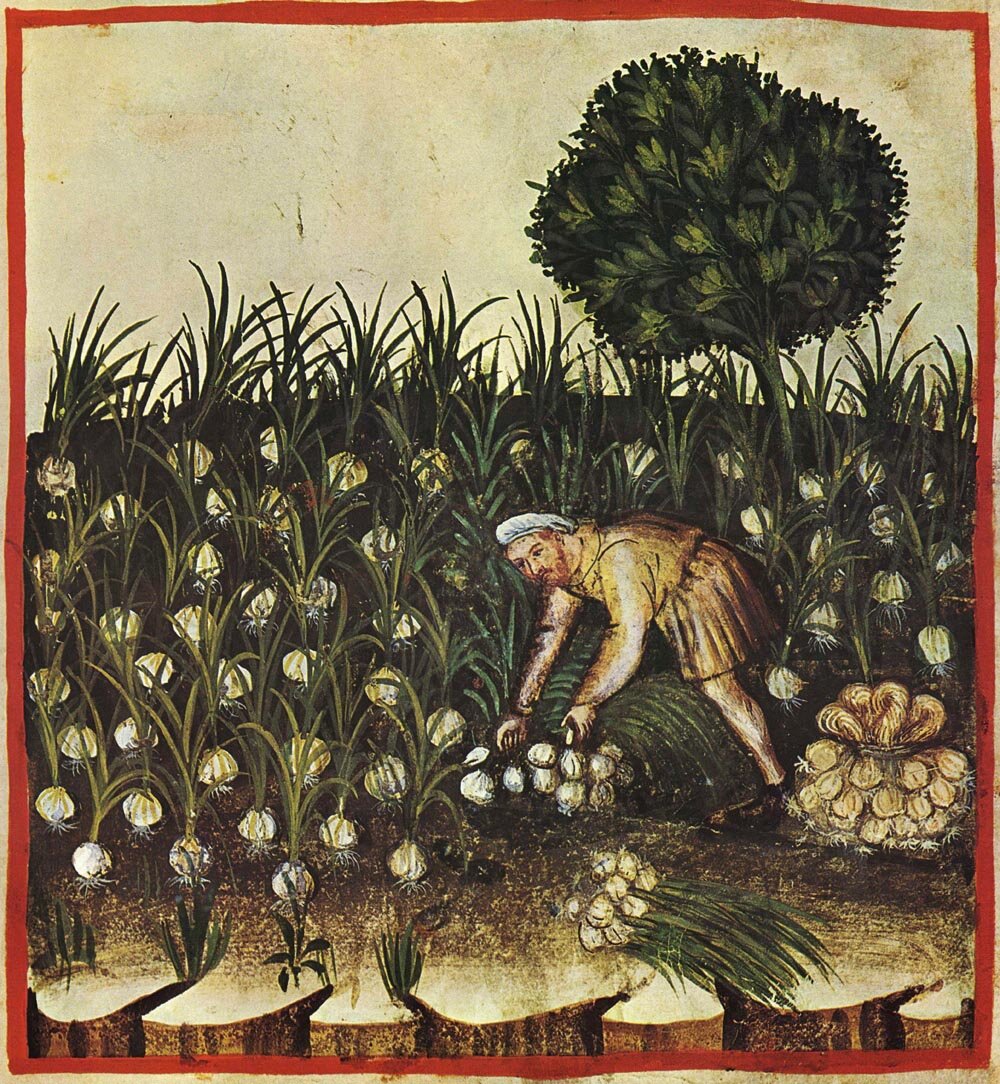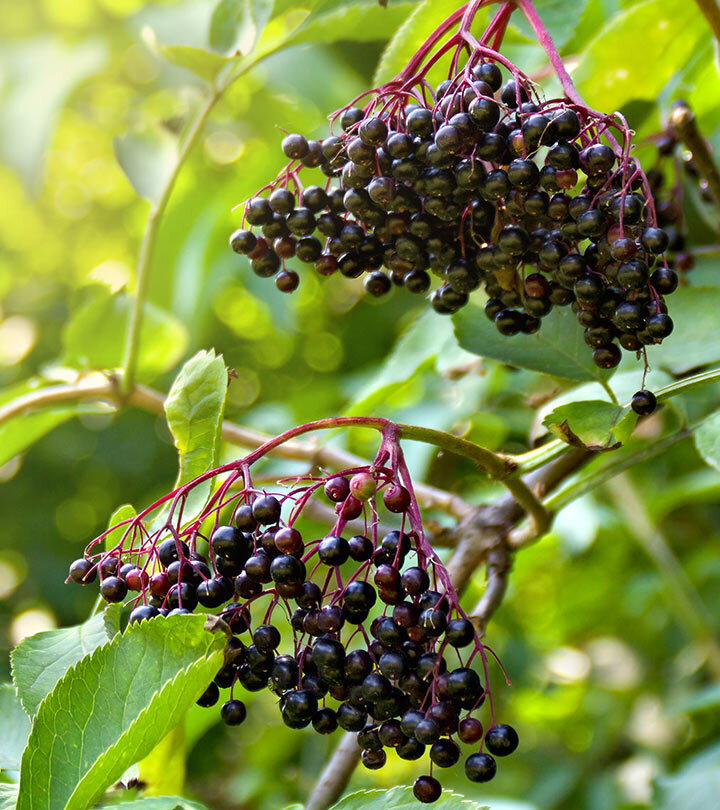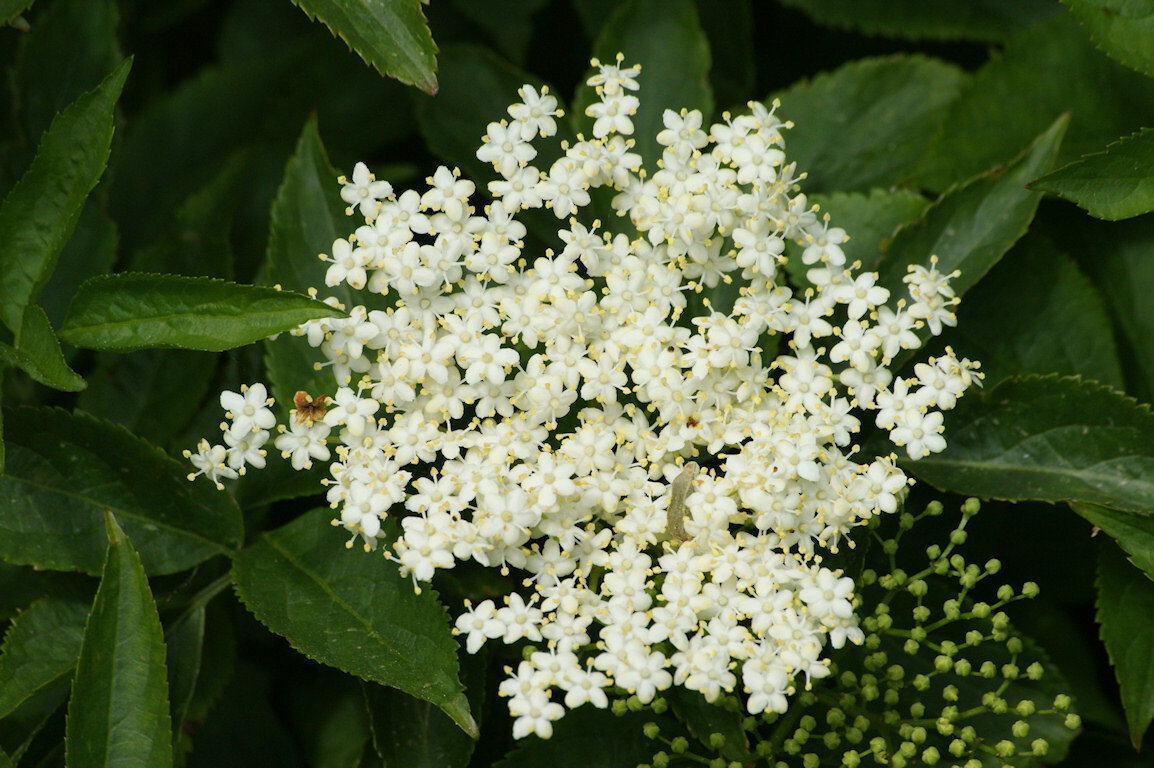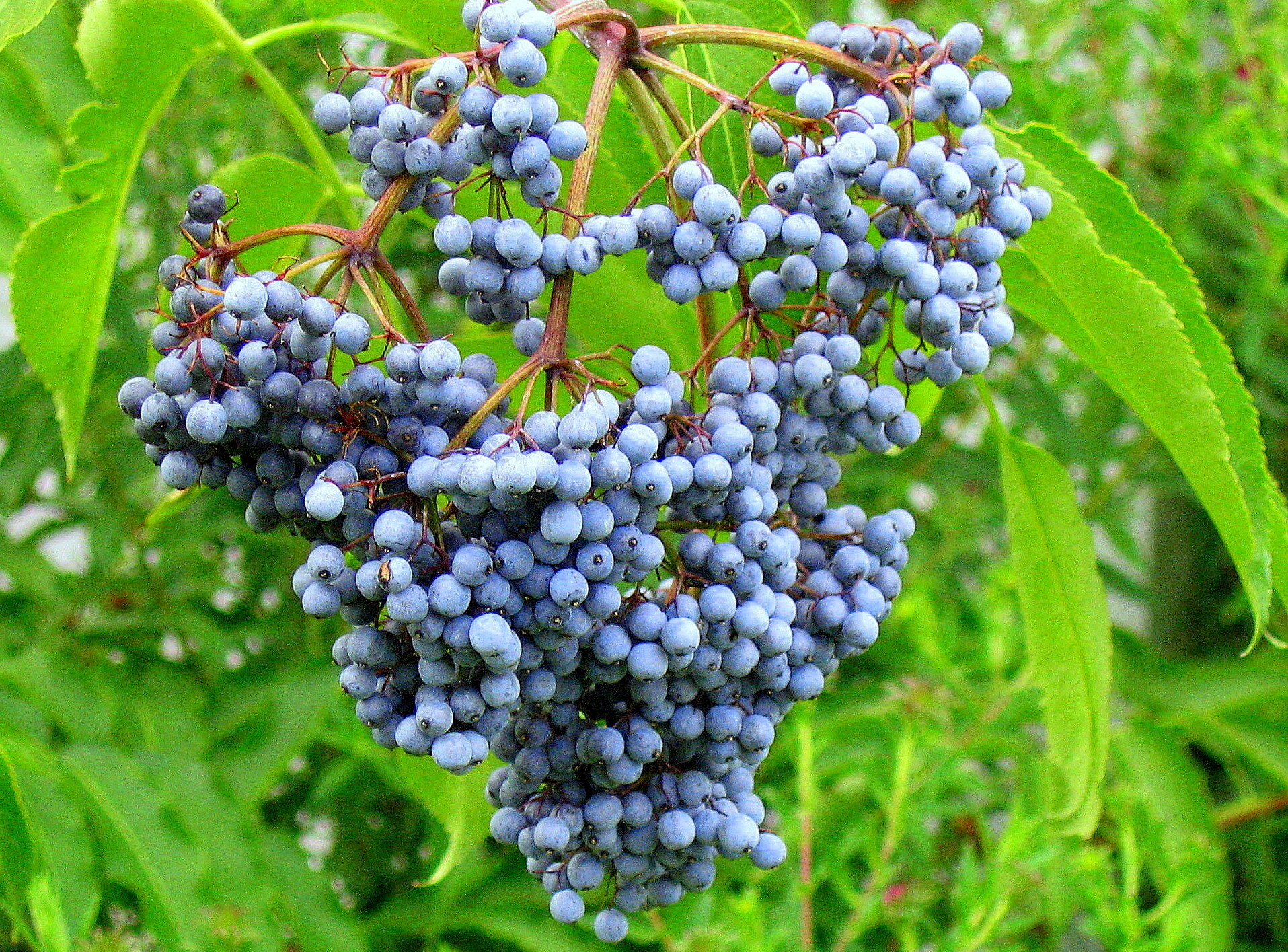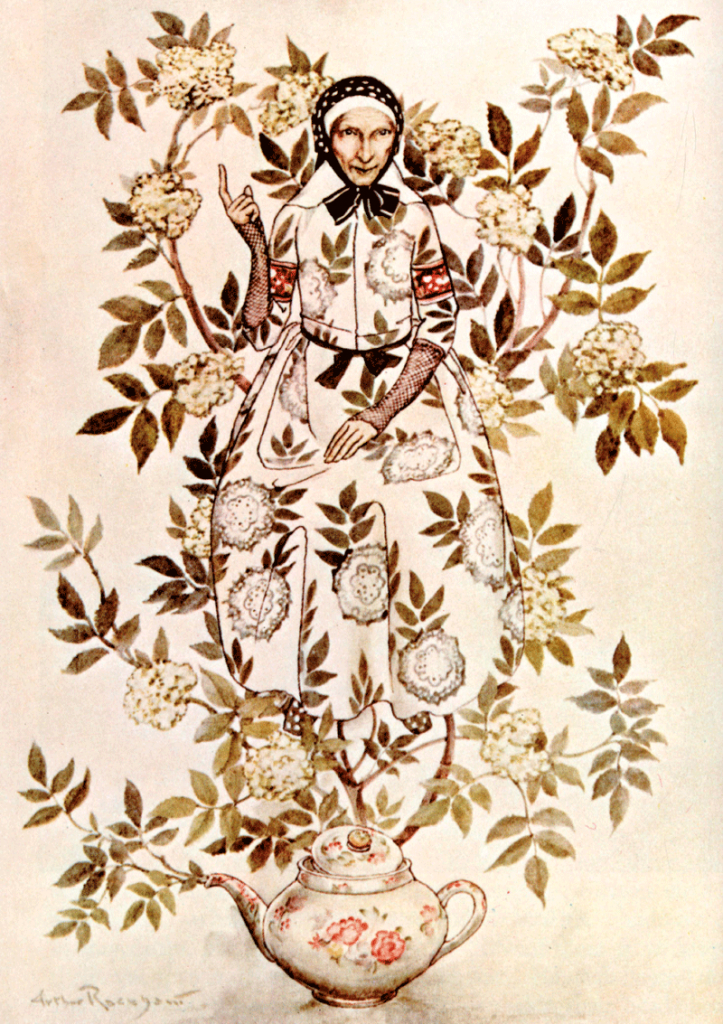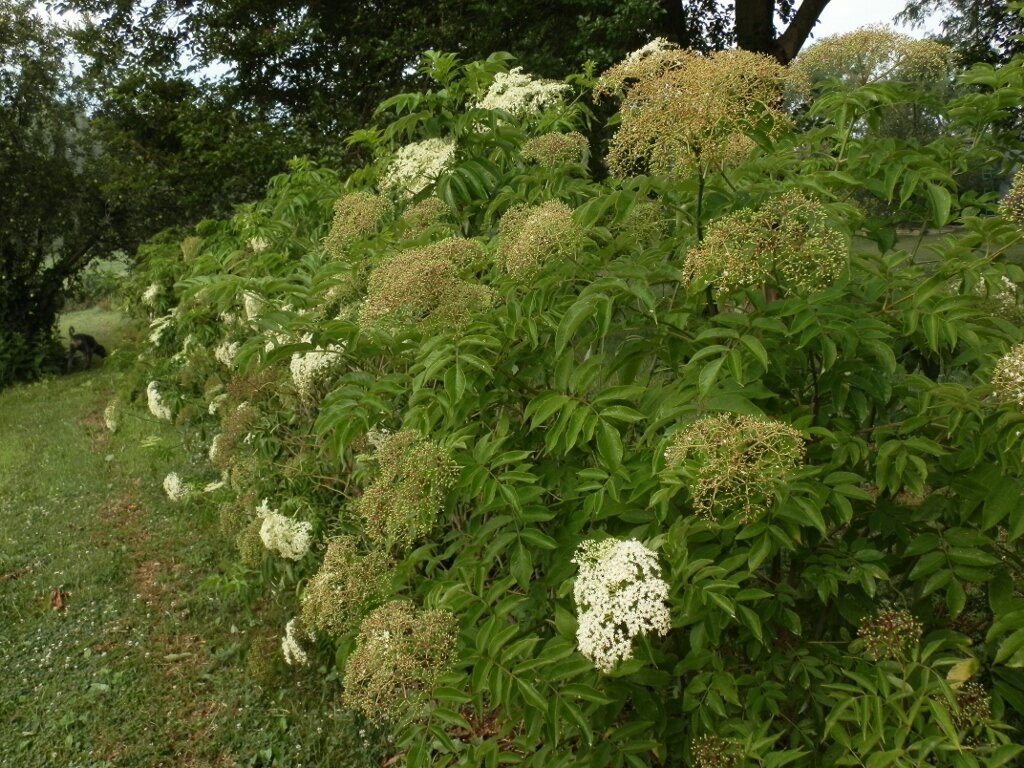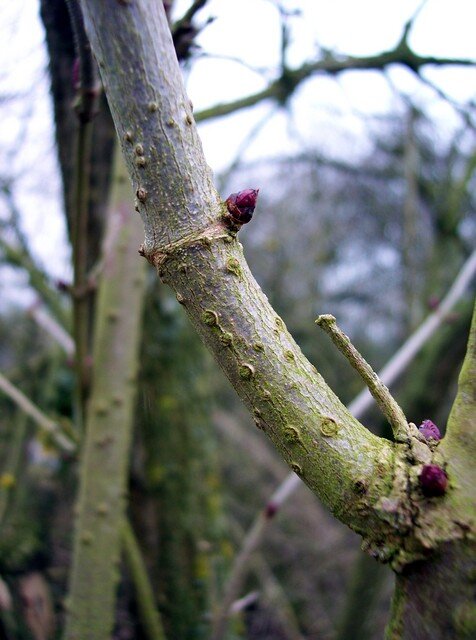The Elder, a wise and protective tree known for its medicine, folk lore and connection to the magical realms. A tree often feared and revered by country folk of the past, the Elder demands respect and shares its powerful medicine in return.
Elder
Botanical (Latin) Name : Sambucus nigra (European), Sambucus canadenisis (American), Sambucus creulea (blue), Sambucus racemosa(red)
Common Name : Black Elder; Blue Elder, Red Elder
Family : Adoxaceae
Parts Used : Bark, leaves, flowers & berries
Ruling Planet : Saturn
Beautiful Berries & All Their Glory
Connected to folk medicine for generations, each part of the elder tree has been used medicinally at one time or another, yet it's the berries and blossoms which are still used today. The two most common and readily available species of Elder are the American Elder, (Sambucus canadenisis) and the European variety, (Sambucus nigra). Berries produced by the Elder have been made into wine and syrup throughout the ages as a tonic to prevent cold and flu, strengthen the immune system and remove stagnation from the body. Other popular tonic foods made with the berries include jam, jelly, chutney, juice, pie, and infused vinegar. The berries have a diuretic action and help remove excess fluid from the body, relieve pain, surface bruises, help heal varicose veins and cold, damp tissue states. As a diaphoretic, they encourage fever and help the body naturally “burn off” viruses more effectively. Elder berry is remarkably safe for babies, children, the elderly and those with auto-immune conditions. Elder berries are high in bioflavonoids, antioxidants, potassium, vitamins A, B, and B6 and have more vitamin C than oranges. The antioxidants present in the berries can help lower cholesterol, improve vision, promote heart health and fight bacterial and viral infections. Elder berries increase the production of group of proteins in our bodies known as cytokines. Naturally secreted by the cells of our immune system, these proteins create a boundary around the cells in our body when a virus is present. This boundary helps prevent a virus from entering the cell wall and stops it from replicating making elder berry an affective remedy to preventative colds and flus. When taken at the first sign of a cold or flu elder berries help reduce the duration and severity of illness. The berries contain a large amount of bioflavonoids which have a cooling effect on the body and provide relief from inflammation, protection to the heart and the cardiovascular system.


